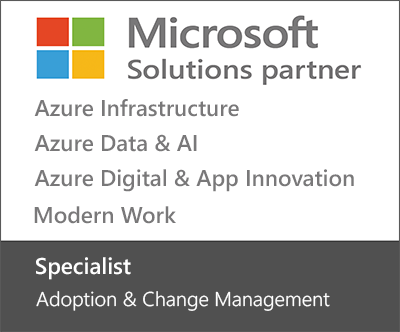Navigating Cyber Insurance Requirements
We’ll help address fundamental requirements needed to insure your organization.
Over the last several years we’ve all been witness to the growing number and sophistication of cyber incidents occurring around the globe. Organizations – both big and small – may understand the devastating impact an attack would have on their business but reducing that risk of intrusion can test even the most seasoned technology leader.
In response to this surge in attacks, there’s been a growing list of cyber insurance providers who seek to offset the damages incurred when information and systems within a client’s environment is compromised. Typically, cyber insurance coverage is going to vary greatly across providers and their specific policies. The most popular scenarios seem to be additional coverage added to existing policies including general liability, business interruption, errors and omissions, and others.
Here’s Where Oakwood Can Help You Prepare.
If you’ve done your homework and decided that insuring your organization against a malicious attack is right for you – there’s some work that you’re going to want to do to ensure you meet some of the fundamental requirements insurers are looking for in policy holders. Below are just a few of the requirements you may encounter.
By implementing and adhering to the above, you’ll help bolster the security of your enterprise and prove to insurers that you already have proactive strategies and systems in place.
Let the Oakwood Team help get you there.

